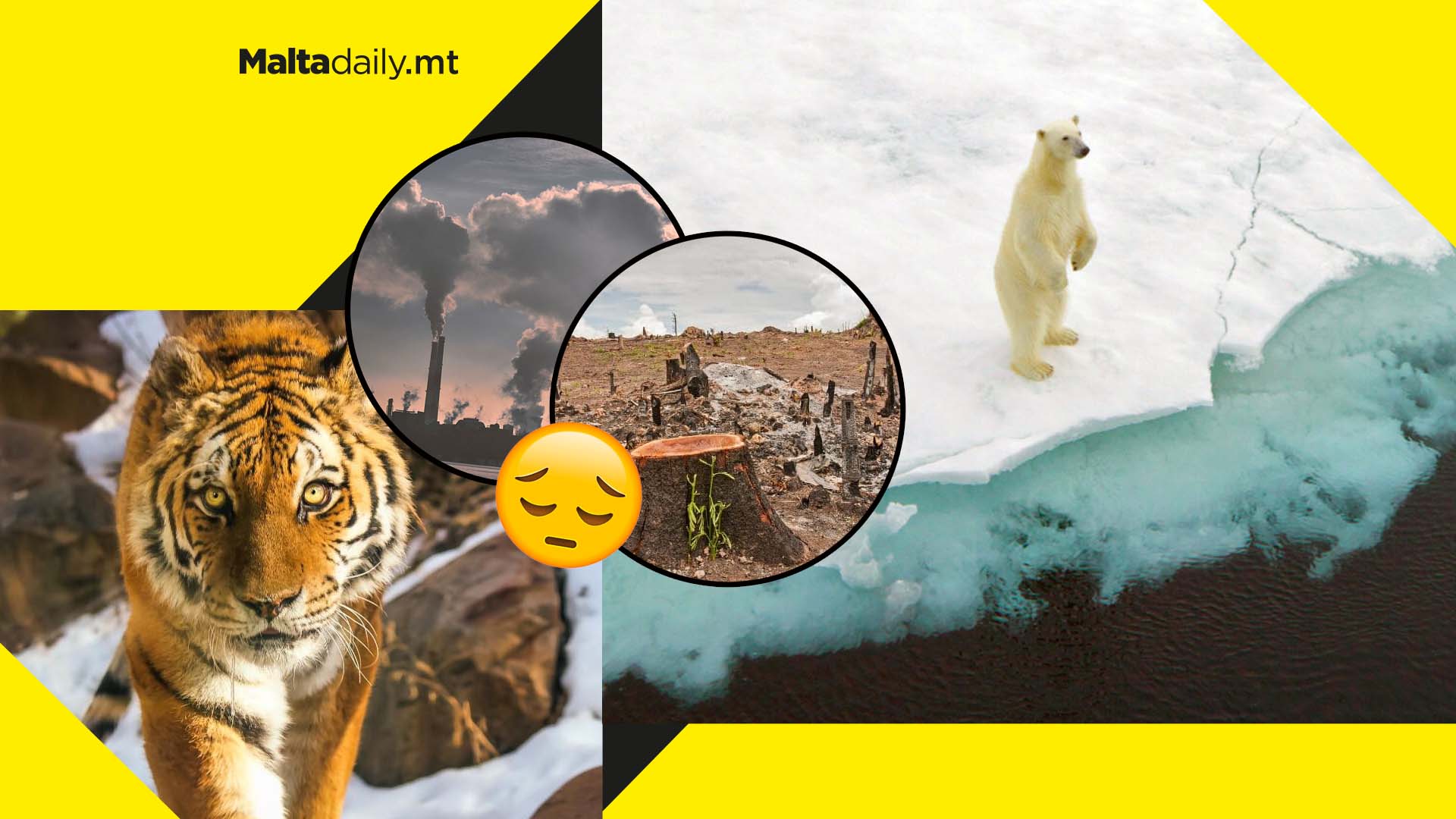Wildlife populations declined by 70% in just 50 years…thanks to humans

A new scientific assessment has revealed the earth’s wildlife populations declined by an average of 69% in just 50 years due to human interference.
The plunging populations are across the board, from oceans to rainforests, and have seen the populations declining on average by over two-thirds between 1970 and 2018.According to the WWF and Zoological Society of London’s ‘Living Planet Report’, the figure stood at 68% two years ago. This dropped from 60% from four years prior, leading to scientists suggesting we’re currently living through the sixth mass extinction.
This would make it the largest loss of biodiversity since the dinosaur period – and it is being driven by us humans.
The Living Planet Index brings together a global analysis of 32,000 populations of 5,230 animal species to measure changes in their populations. Latin America and the Amazon region saw the largest decline in average wildlife population size – a 94% drop in 48 years.
Meanwhile, Africa had the second largest drop at 66%, followed by Asia and the Pacific with 55% and North America at 20%. Europe and Central Asia saw an 18% drop. The total loss would be akin to the human population of Europe, the Americas, Africa, Oceania and China disappearing.
The report’s 89 authors are urging world leaders to reach a new agreement at the Cop15 biodiversity summit in Canada this December. This would see carbon emissions being slashed to 1.5C this decade to put an end to the destruction.
#MaltaDaily


